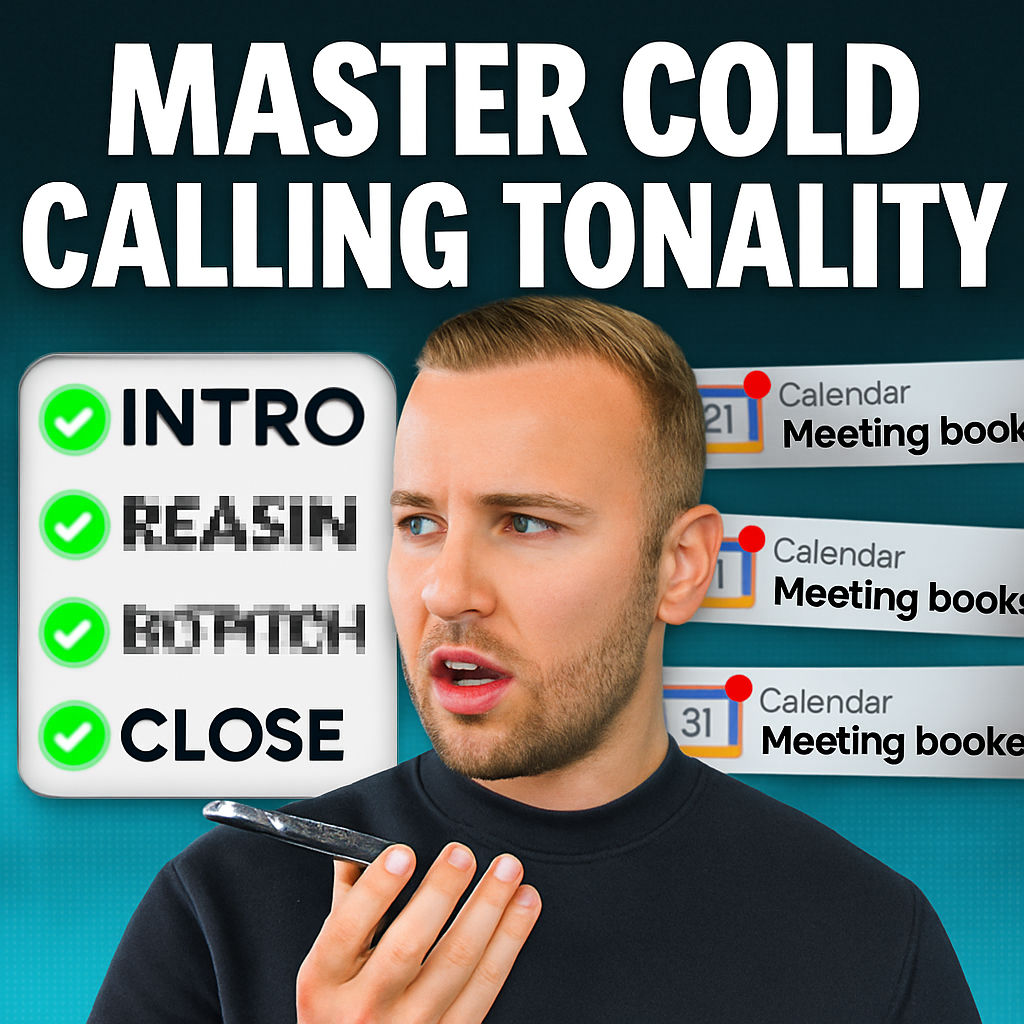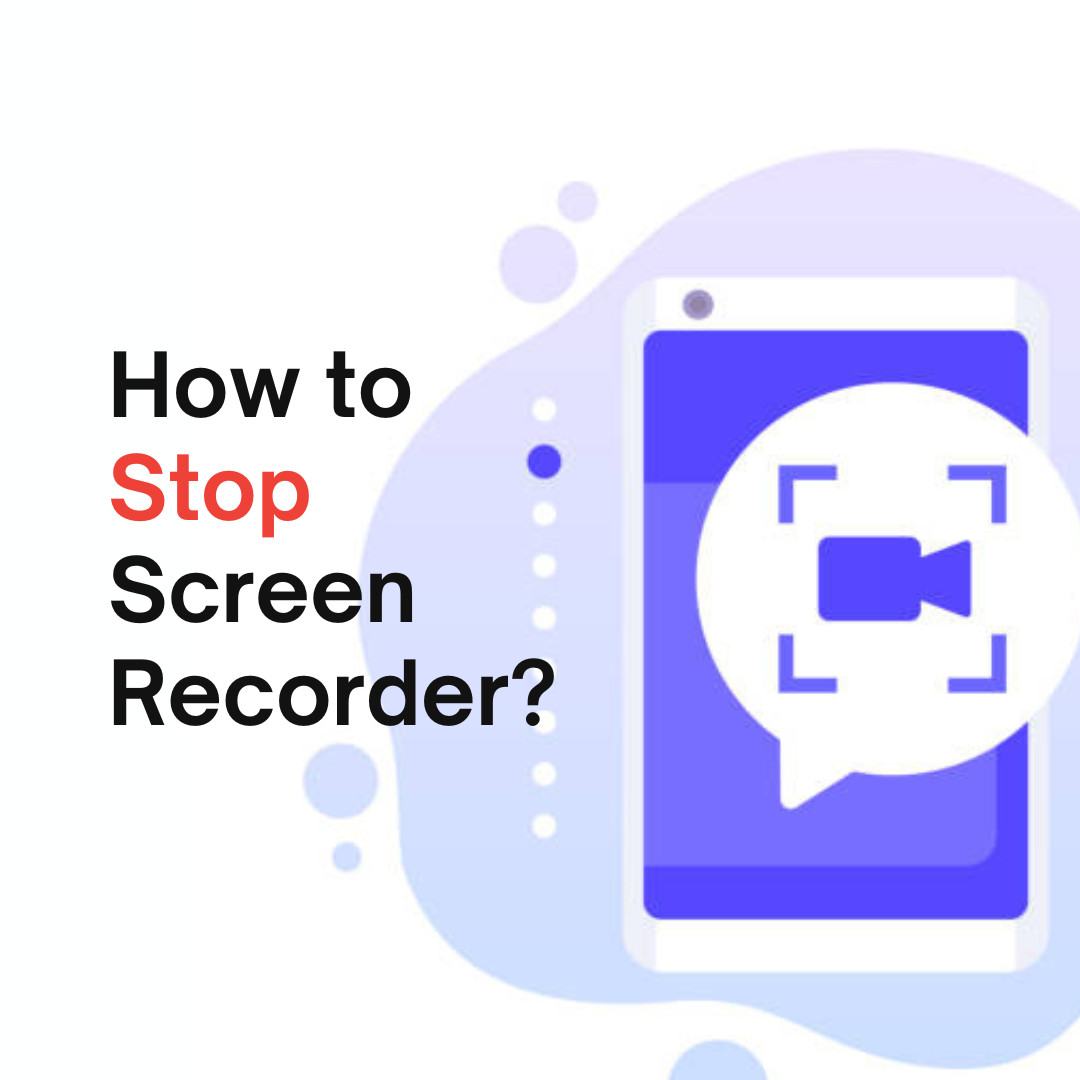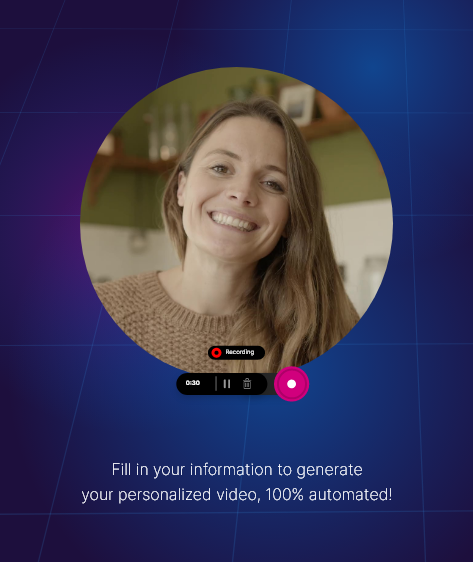Cold calling remains one of the fastest, most direct ways to generate new business, fill agency pipelines, and launch meaningful business conversations. Yet, despite its continued relevance, the one element that consistently separates top sales performers from everyone else is not the perfect script, secret list, or clever software—it’s mastering the subtle power of tonality.
For many, the obsession with scripts and word-for-word delivery undermines what truly drives conversion rates. Drawing on personal experience from over 25,000 cold calls in a single year, this guide cuts through common misconceptions, sharing exactly how voice and tonality can transform hesitant or robotic sales calls into trusted, high-converting conversations—regardless of your product, service, or experience level.
Based on the original video:
Why Most Cold Callers Miss the Mark
The journey to cold calling mastery often begins in the same place: glued to a printed script, nervously reading line after line, hoping for magic. Many sales professionals pour hours into perfecting script wording, expecting results to follow. Yet, seasoned top performers show it’s never about the script itself—it’s about how you say the words.
Observing high-earning reps, the stark difference is clear: they’ve internalized the psychology and intent behind their script, freeing themselves to focus on how their voice shapes the first critical impression. This freedom from script dependency is the first major step toward credible, natural-sounding outreach.
The Real Secret: Voice and Tonality Over Scripts
Scripts are like training wheels: they help you balance at first, but cling too long, and they hinder your true growth. Effective cold calling is built on moving past word-for-word recitation and into embodying your message. This mirrors good acting—master the lines, absorb the character, and then perform freely from the heart. Robotic, salesy tones turn prospects off and create immediate distrust.
The leading mistake observed across countless agency owners and rookie sales teams is this: focusing exclusively on ‘what’ to say, while neglecting ‘how’ to say it. People instinctively hear anxiety, inauthenticity, or desperation when you simply read. Confidence, authority, empathy, and trust all stem from your vocal delivery.
Tonality: The Ultimate Trust Builder in Cold Outreach
In phone sales, your voice is your only tool to create perception. No physical body language, no friendly face, no websites or credentials to lean on in those first seconds. Research (notably by FBI negotiator Chris Voss) underscores that body language and tone outweigh literal words for first impressions.
Within a few seconds, prospects decide if you’re:
- Confident or nervous
- Trustworthy or desperate
- Worth listening to or another spammy rep
Every cold call, then, rises or falls on the tightrope of tonality. This is the lens through which potential clients judge intention, energy, and worth.
Environmental Foundations: Prepare Your Voice to Win
Before diving into practical tonality tactics, first address your calling environment. External distractions and poor body position creep into your vocal energy and impact clarity and confidence. To set yourself up for vocal expressiveness and strong delivery:
- Use headphones or a hands-free setup: This lets your body move and gestures flow naturally.
- Stand and pace while calling: Free your diaphragm, improve breathing, and inject energy into your voice.
- Smile as you speak: Even though prospects can’t see you, a smile is audible in your voice and adds warmth and approachability.
- Maintain good posture: Slouching compresses your breathing and deadens your delivery. Upright posture fuels strong, confident projection.
Treat your calling desk like a stage—the more dynamic and expressive your body, the more lively, trustworthy, and persuasive your voice.

The Four Pillars of Tonality Mastery
Elite cold callers draw on four main vocal techniques to invoke the right emotion and authority at the right moment:
1. Pitch: Convey Emotion
Higher pitch signals excitement, interest, and urgency. Lower pitch signals calm, authority, and confidence. Use lively pitch for openings or expressing curiosity; drop into a lower tone when confirming details or summing up credibility. For example:
- “Hey, is John about?” (higher pitch = urgency)
- “Hey, is John about.” (lower pitch = calm authority)
2. Pace: Demonstrate Control
The speed of your delivery tells a story. Rushed, rapid-fire talking sounds anxious and inauthentic. Comfortable, deliberate pacing builds trust. Pauses are particularly powerful: they create space for your words to land and for the prospect to process.
For example:
Fast, blurted: “I create AI systems for dentists. I generate new leads and increase conversion three times.”
Slow, intentional: “I create AI systems for dentists. [pause] I generate new leads. [pause] And I also help convert those leads up to three times more often.”
3. Inflection: Signal Certainty
Downward inflection at the end of sentences signals certainty and belief. Upward inflection can come across as seeking approval or displaying doubt—unless used purposefully to show curiosity or concern. End your key statements with a confident, downward inflection: “It’s Jordan from Affluent.” not “It’s Jordan from Affluent?”
4. Volume: Project Presence
While you never want to shout, controlled, steady volume fills the space and ensures your voice is heard as confident and engaged. Weak or wavering volume suggests insecurity. Practice projecting your voice until it feels natural.

Emotion by Design: Acting Techniques for Sales Calls
Applying these elements means consciously choosing emotions and injecting them at the right moments. In acting, you embody the character and live each line’s intent. In cold calling, you rotate through:
- Genuine curiosity: “How long’s that been going on for?” (higher, upward inflection)
- Empathetic affirmation: “That must be exhausting.” (downward inflection, slower pace)
- Playful engagement: “Still working from the sofa or made it to the desk today?” (smiling, light volume)
- Challenging authority: “If you’ve waited six months already, what’s going to make this time different?” (slower, assertive, downward inflection)
Mastering these shifts telegraphs caring, competence, and a willingness to understand—not just sell.
Two Essential Characters: Gatekeeper vs. Decision Maker
Every cold call involves two audiences, and your tone must adjust accordingly. The key is switching between the Old Friend and Trusted Expert personas:
1. Old Friend (Gatekeeper)
Sound like you already know the decision maker. Use a warm, casual tone; act as if the gatekeeper is simply a familiar conduit. This avoids the ‘stranger’ label that gets most calls blocked.
- Wrong approach: “Hi, can I speak to the owner please?” (stilted, needy, zero urgency)
- Right approach: “Hey, is John about?” (casual, confident, signals you belong)
Personalizing with the gatekeeper’s name is even more effective: “Hey Sarah, could you put me through to John?” This subtle assumption of familiarity disarms objections and speeds your path to the decision maker.
2. Trusted Expert (Decision Maker)
Now, shift gears. You call out of respect, with clear authority, concise statements, and minimal fluff. You are their peer—neither above nor below—offering value, not begging for attention.
Example:
“John, it’s Jordan here. I’m just down the road from you. Have you seen that Quick Clinic is using AI to get new patients?”
Compare this to insecure openers like, “This is a cold call—want to hang up now or give me 30 seconds?” These positioning statements diminish your authority and increase rejection. Instead, present yourself on equal footing, with calm curiosity and a local hook (when truthful).
Booking Meetings with Authority and Curiosity
The goal of a cold call isn’t to sell on the spot—it’s to earn enough trust and curiosity to set a follow-up meeting. Avoid convincing or pressuring; let genuine intrigue and calm authority do the work for you. Simple, disarming statements like “What have you got to lose?” can help prospects lower their guard.
Never succumb to desperation or over-explaining; instead, keep the tone light, maintain your equal status, and hold firm boundaries. Let your prospect’s curiosity and trust—not persuasion or pleading—be your main drivers for meeting bookings and call-backs.
Key Takeaways: Tonality Mastery for Cold Calling Success
- Your script is only the start—true results come from how you deliver it.
- Prioritize environmental prep: stand, move, and free your body for expressive speech.
- Pitch, pace, inflection, and volume are your four main levers—practice each consciously.
- Switch between Old Friend (for gatekeepers) and Trusted Expert (for decision makers) personas.
- Never beg for time—trade on value, authority, and genuine intent.
- Build a foundation of trust by focusing on the emotional signal of your voice, not just content.

Going Beyond: Mastering Cold Call Scripts and Strategies
If you’re looking to further sharpen your skills, especially when it comes to crafting or customizing cold calling scripts, check out advice specifically for B2B outreach. Our guide on Master Cold Calling Scripts for B2B Sales 2025 includes proven frameworks for elevating conversations, practical scripts, and expert tips to help you book more meetings and close more deals even in competitive markets.
FAQ
- How important is tonality compared to the script in cold calling?
- Tonality is often more crucial than the script itself. While scripts provide structure, how you deliver your words—your tone, pace, and inflection—determines trust and engagement, greatly increasing your conversion rate.
- What are the main mistakes new cold callers make?
- Most new callers obsess over memorizing or reading scripts verbatim, neglecting their natural voice. They often sound robotic or anxious, which repels prospects. Lack of environmental prep and poor body language also impact vocal performance.
- How can I practice and improve my cold calling tonality?
- Record your calls and play them back, focusing on pitch, pace, inflection, and volume. Try standing up, smiling, or gesturing as you speak. Experiment with pauses and mimic top performers to internalize confident, authentic delivery.
- Should I use the same tone with a gatekeeper and a decision maker?
- No, you should adapt. Use a friendly, casual “old friend” tone with gatekeepers and a calm, authoritative “trusted expert” tone with decision makers. Adjust your pitch and pace to suit each audience and drive the desired response.
- What’s the best way to end a cold call?
- Rather than convincing or pleading, use calm curiosity to secure a meeting. Statements like “What have you got to lose?” create intrigue without pressure. Always aim to book a follow-up, not sell immediately on the first call.









